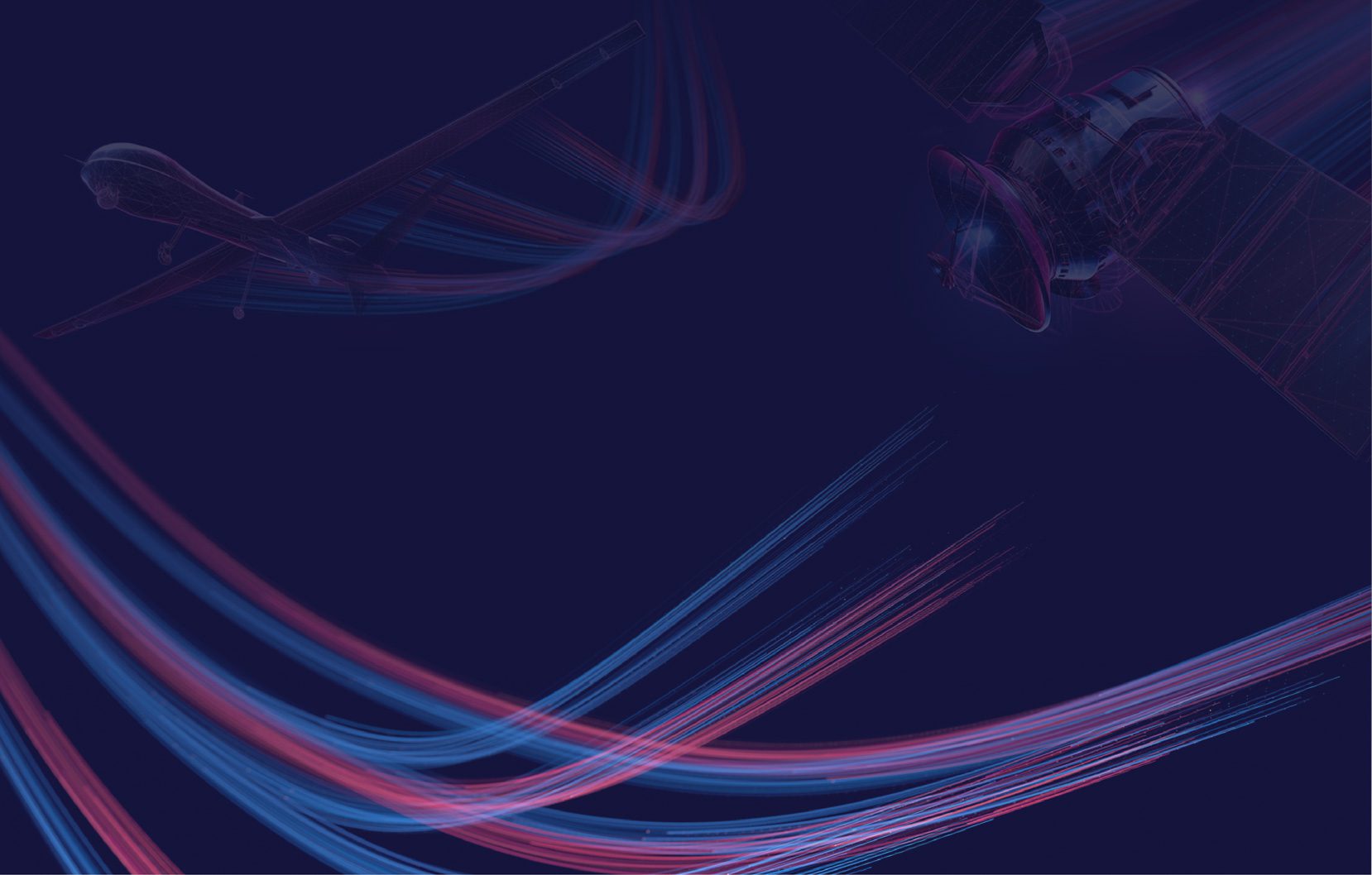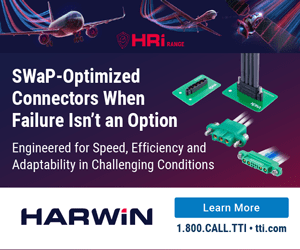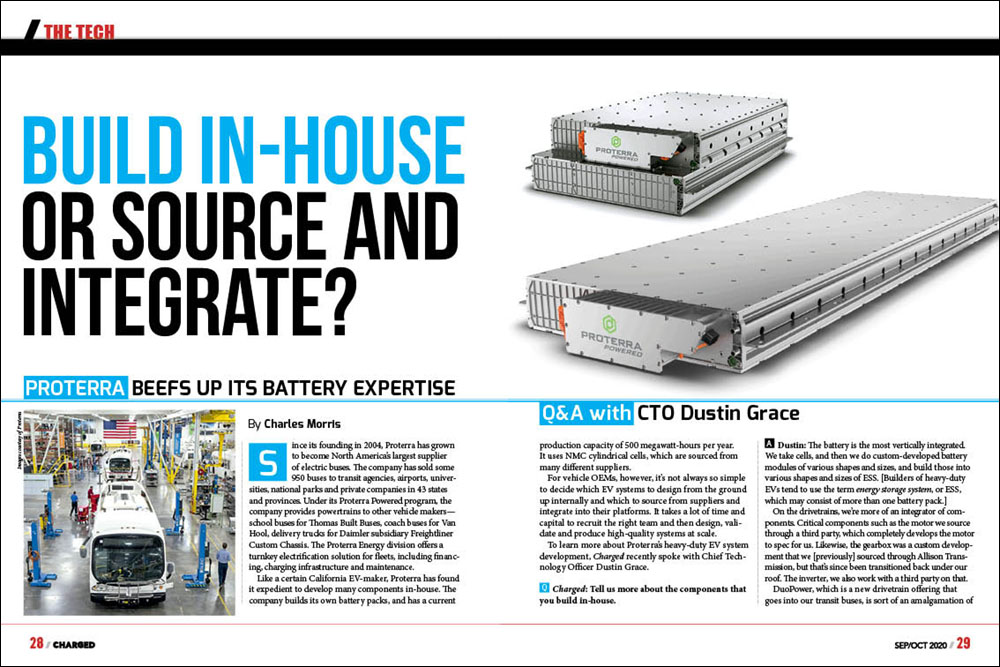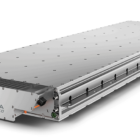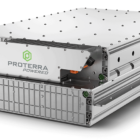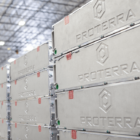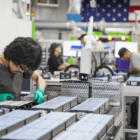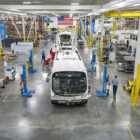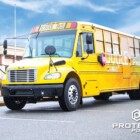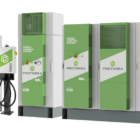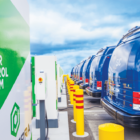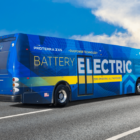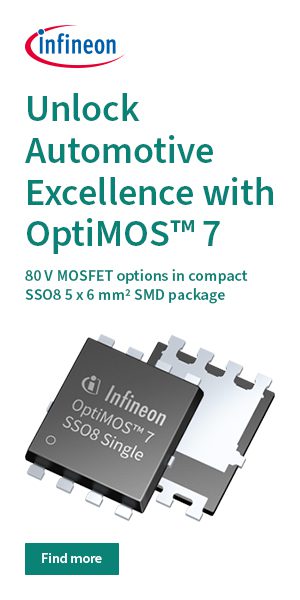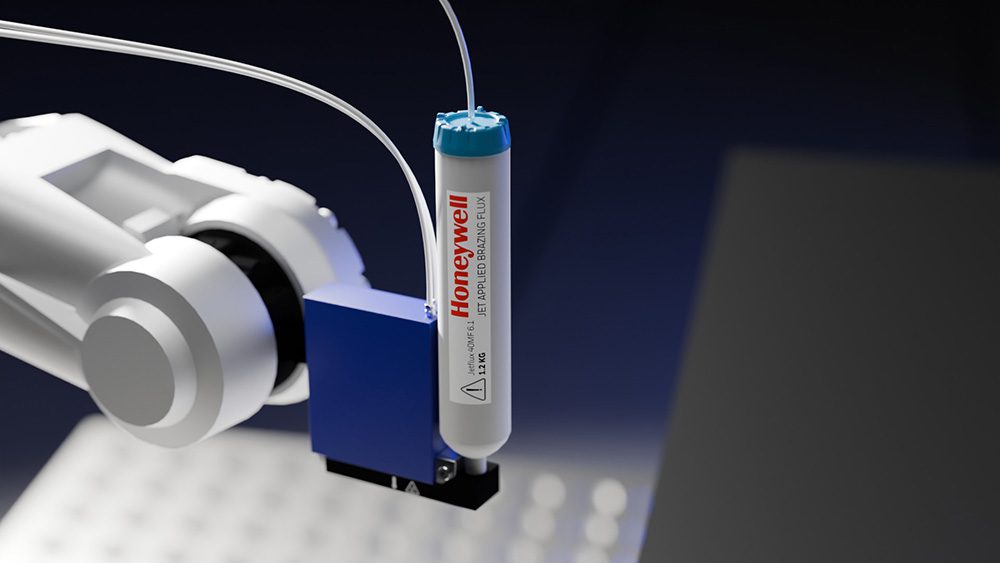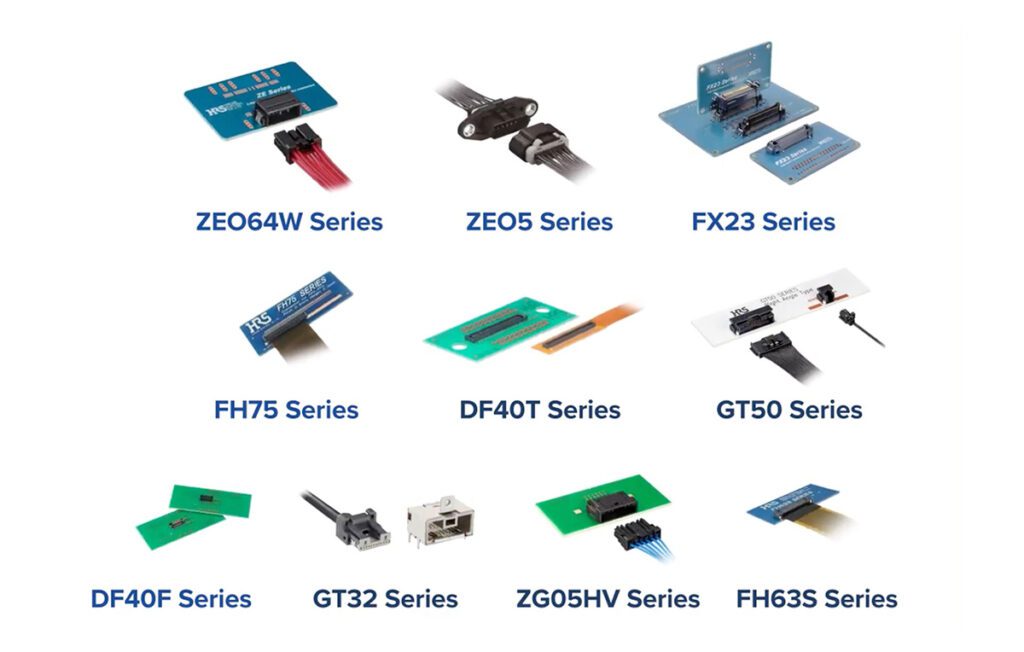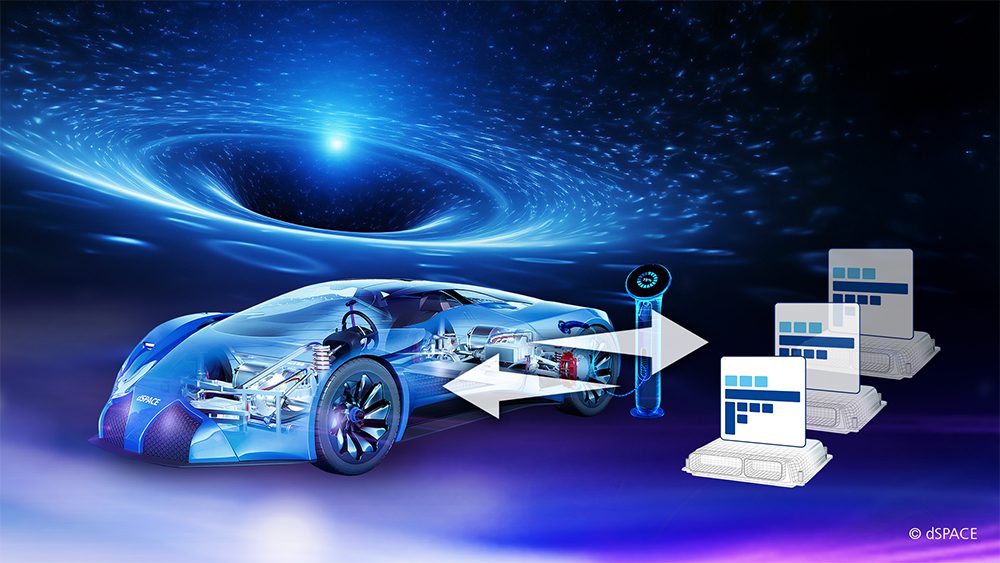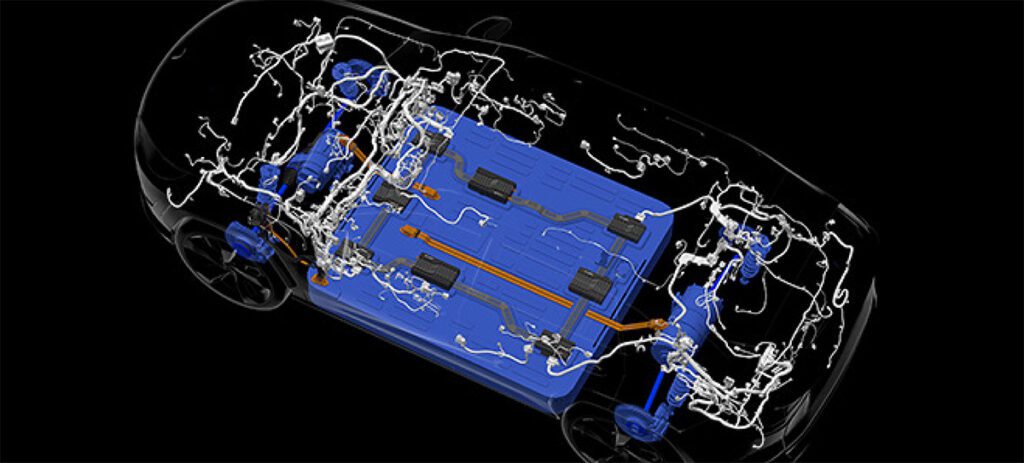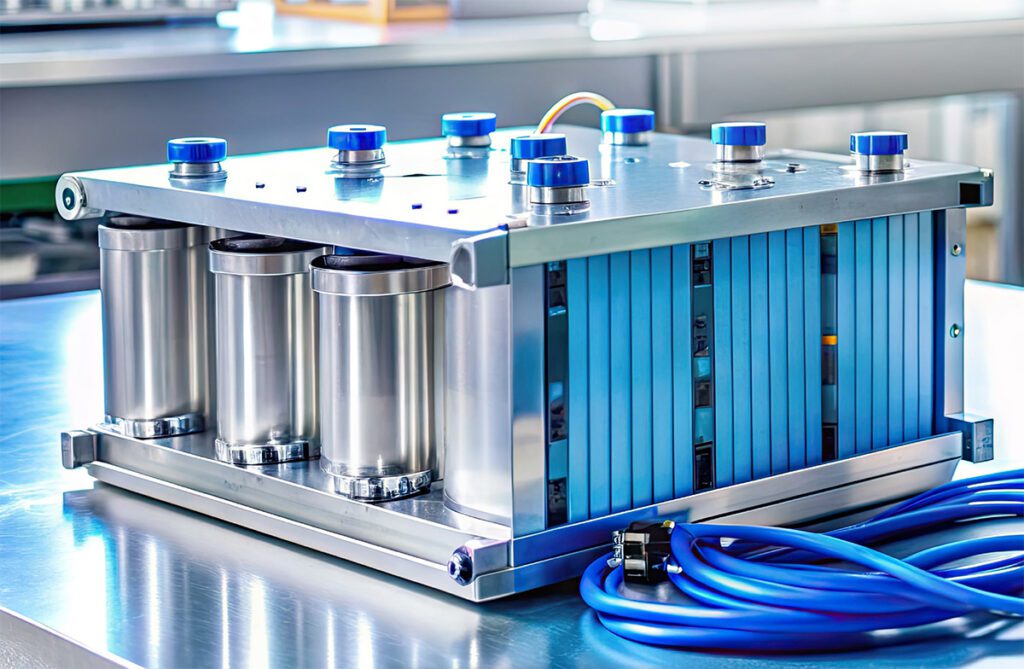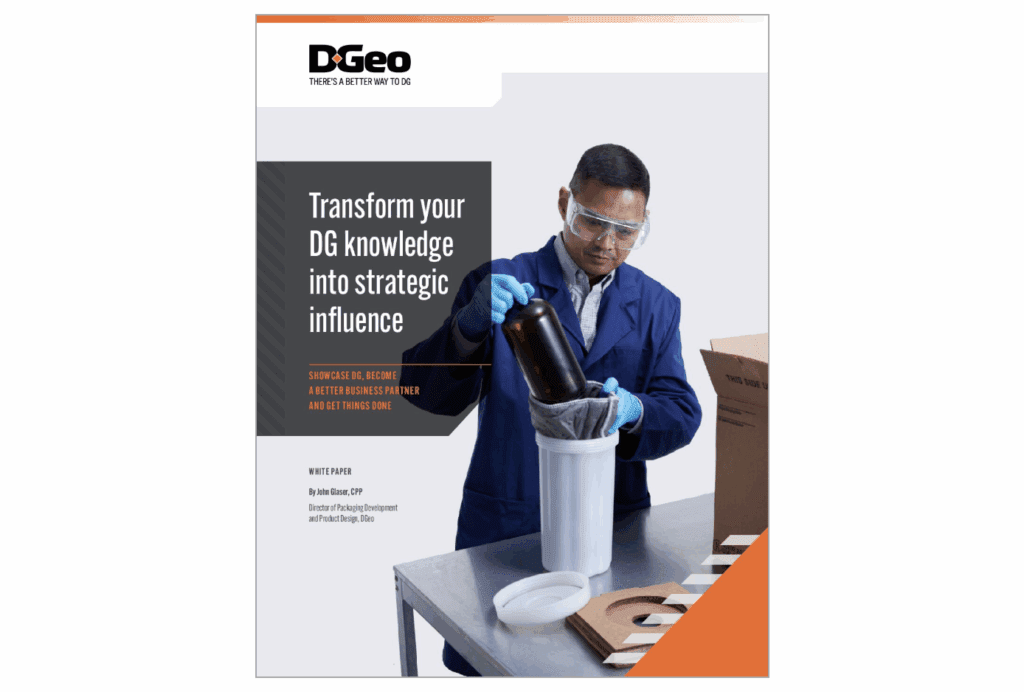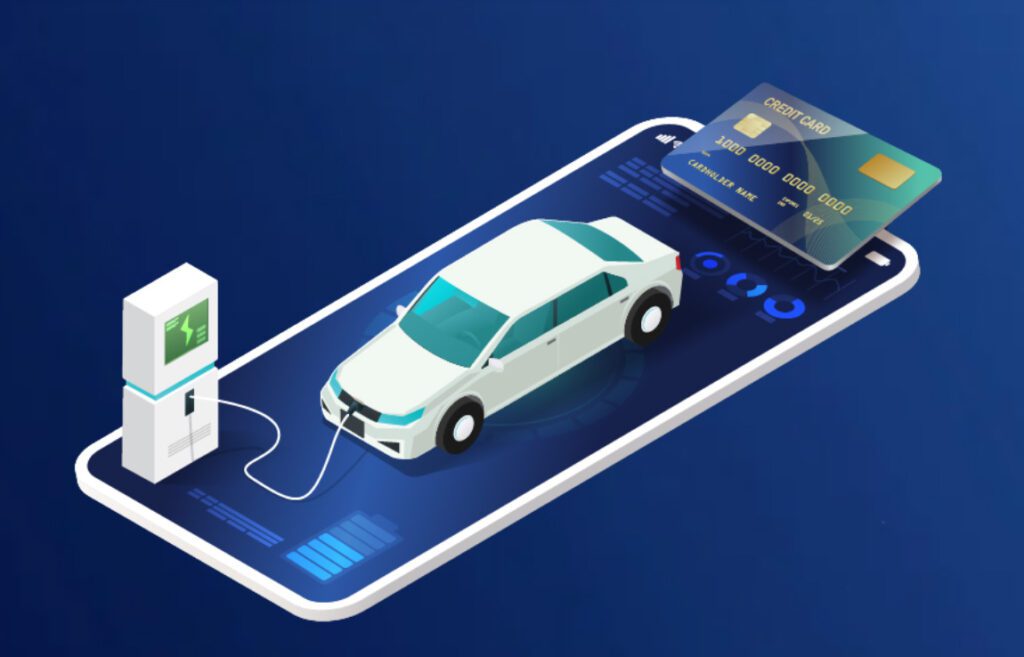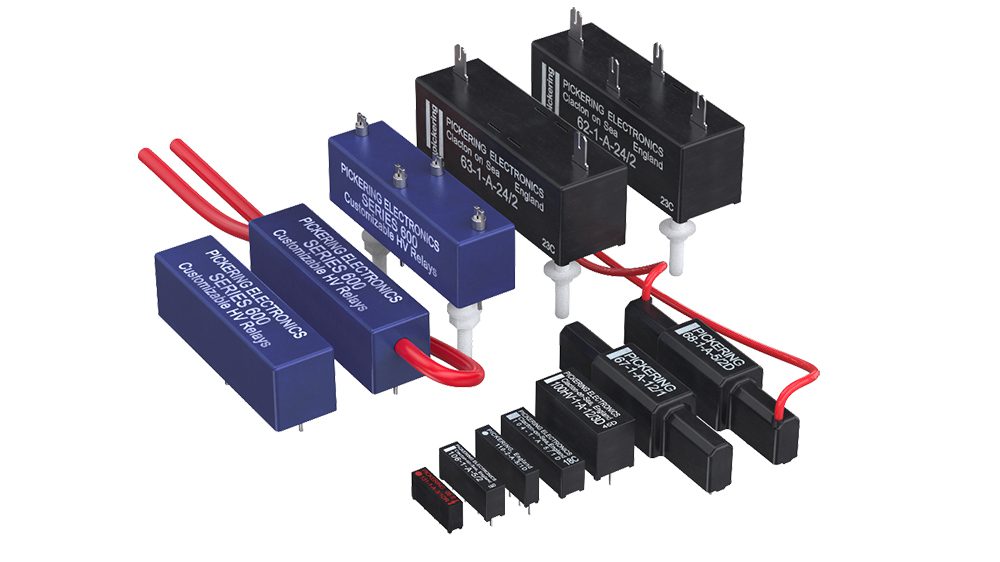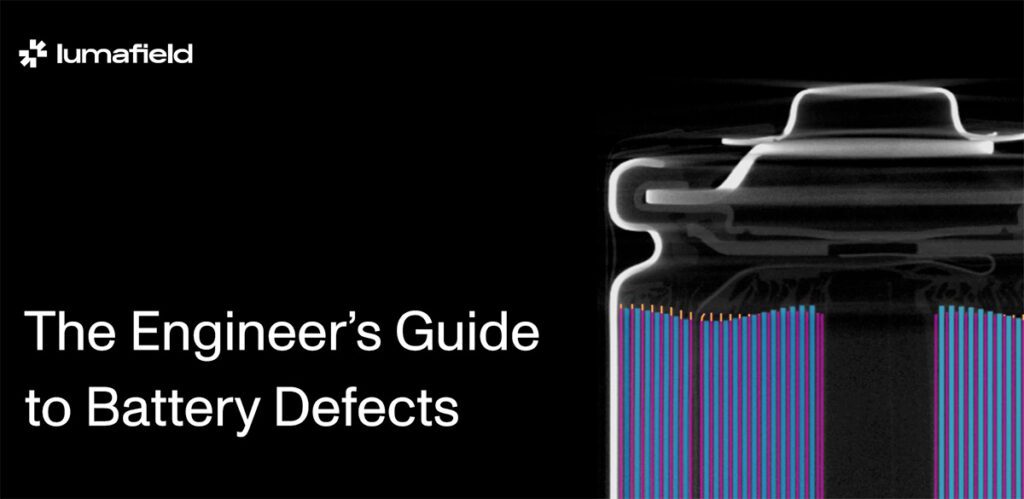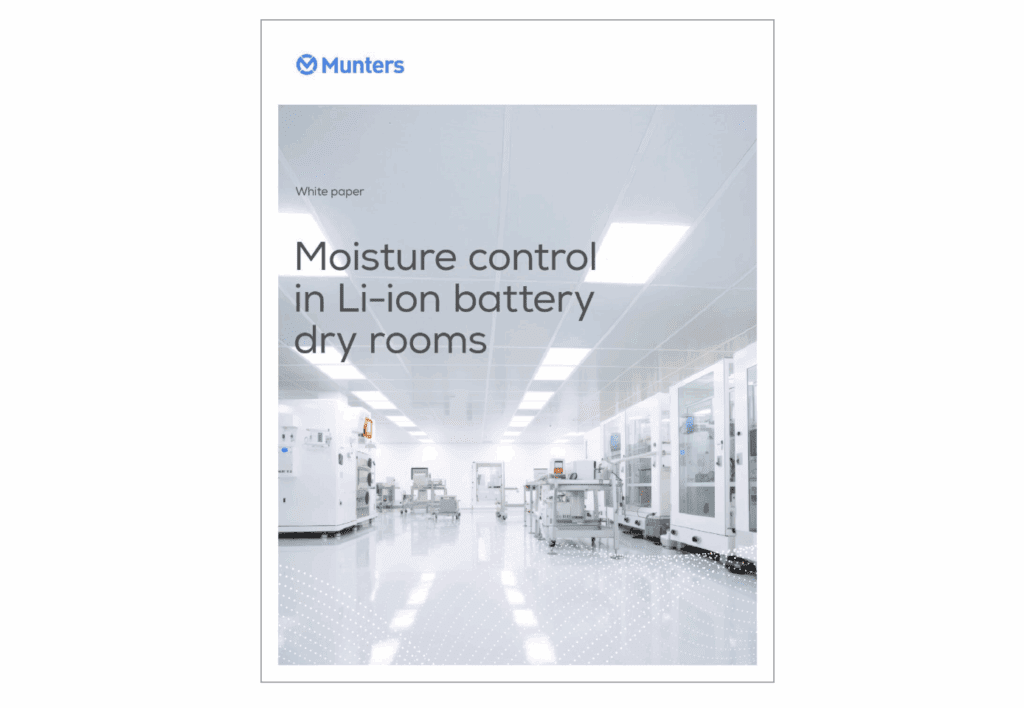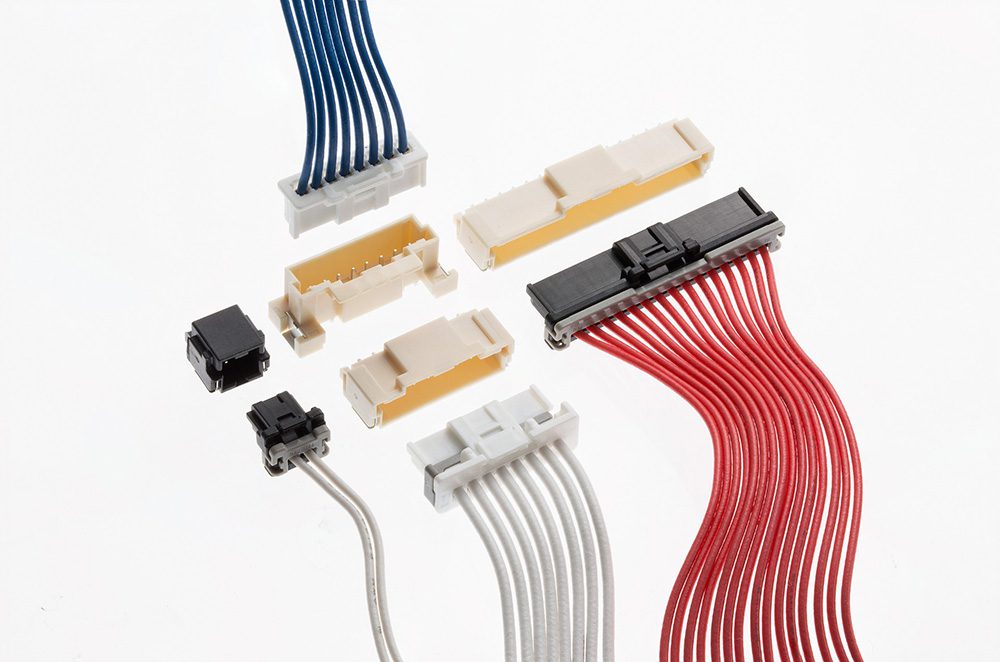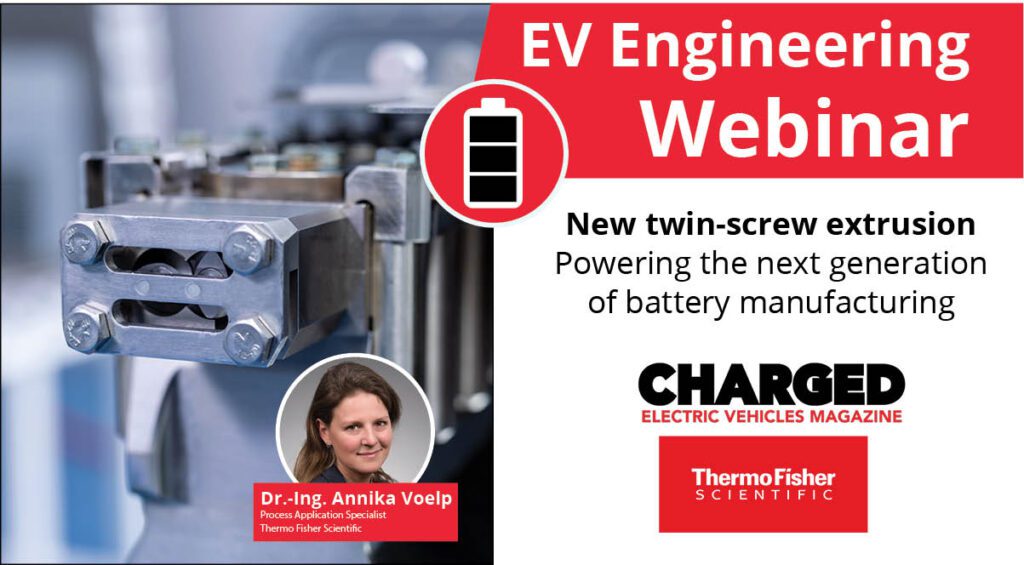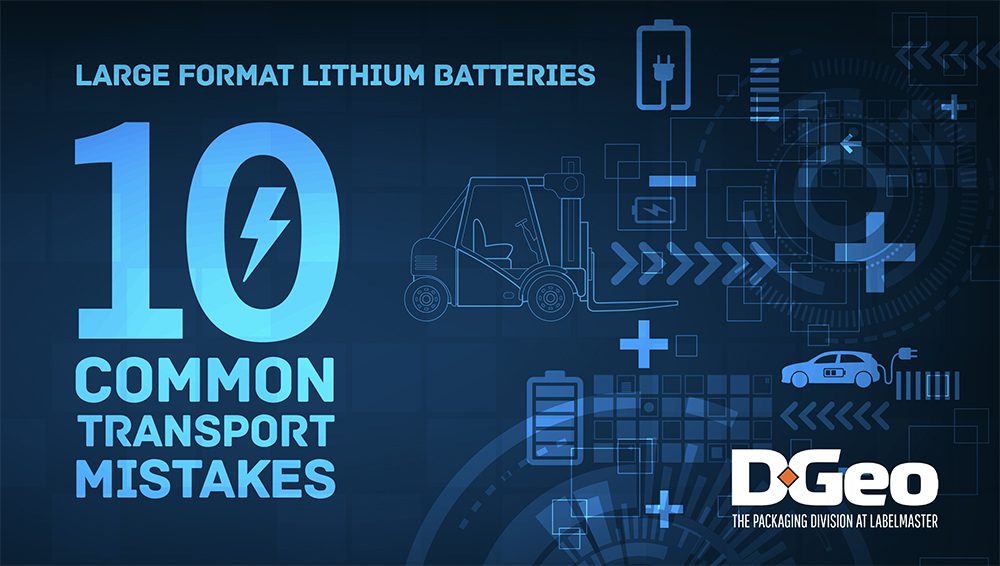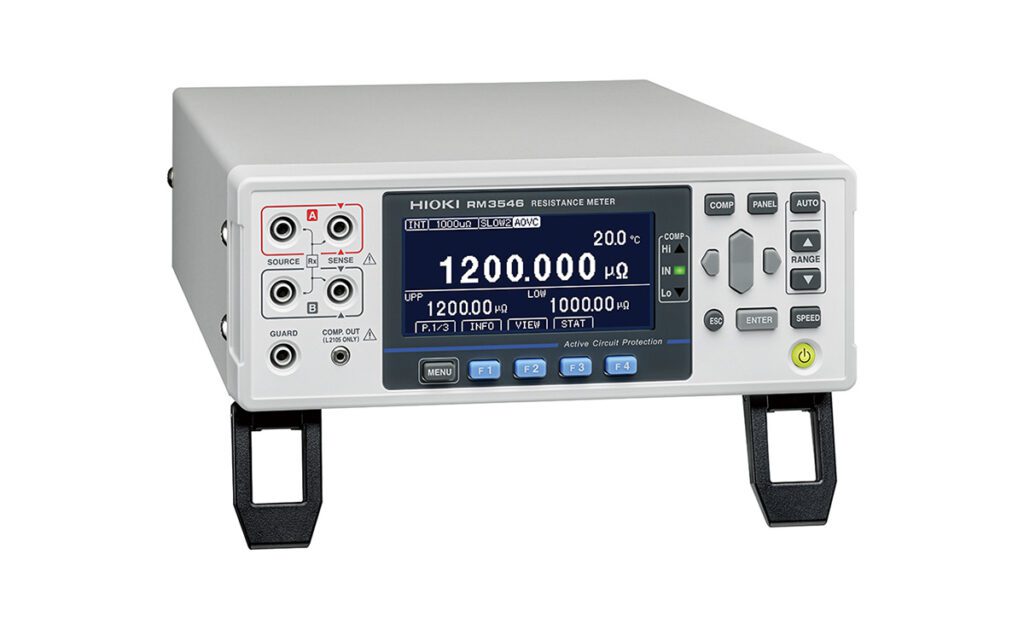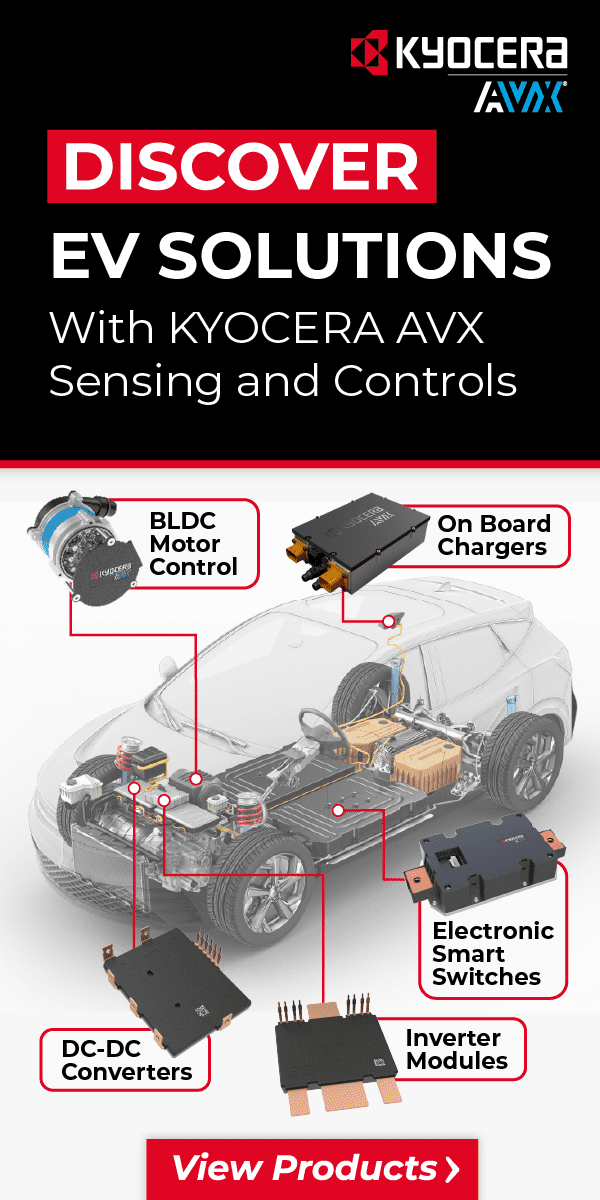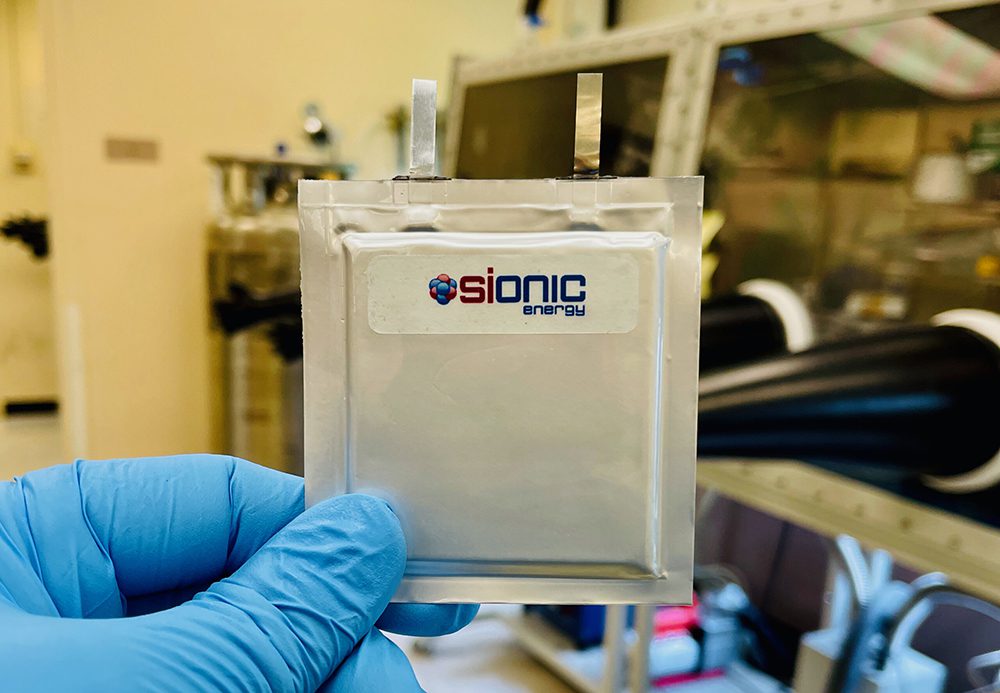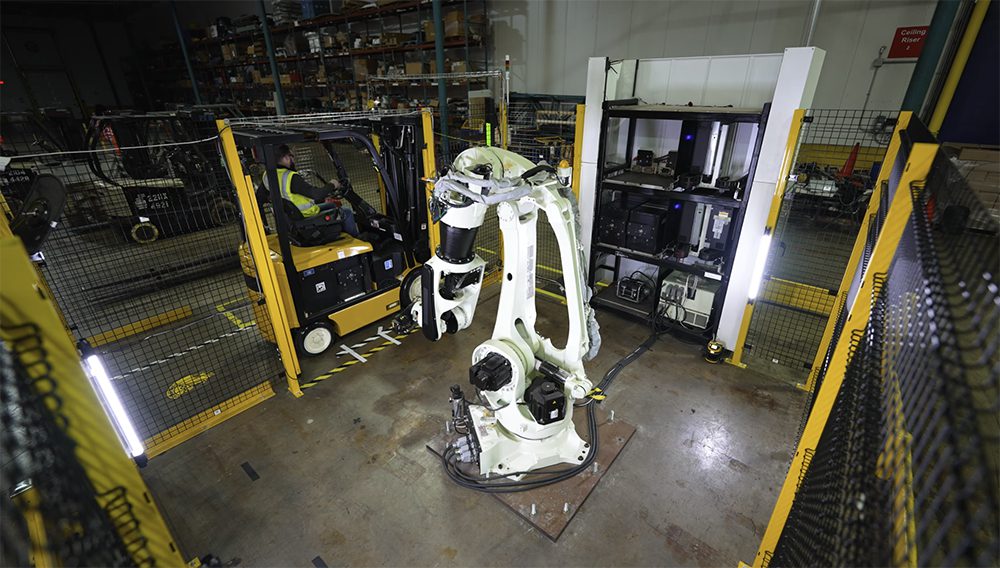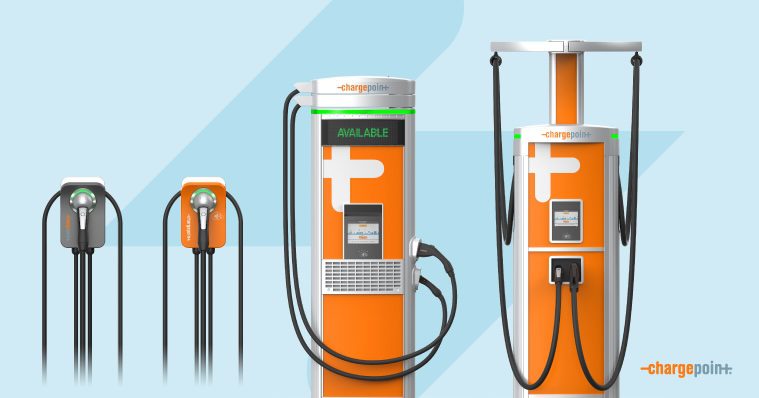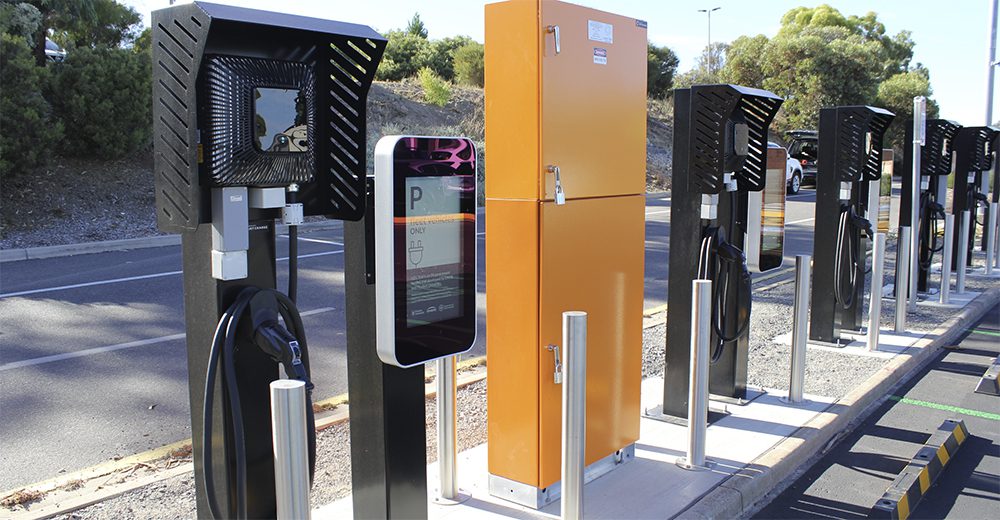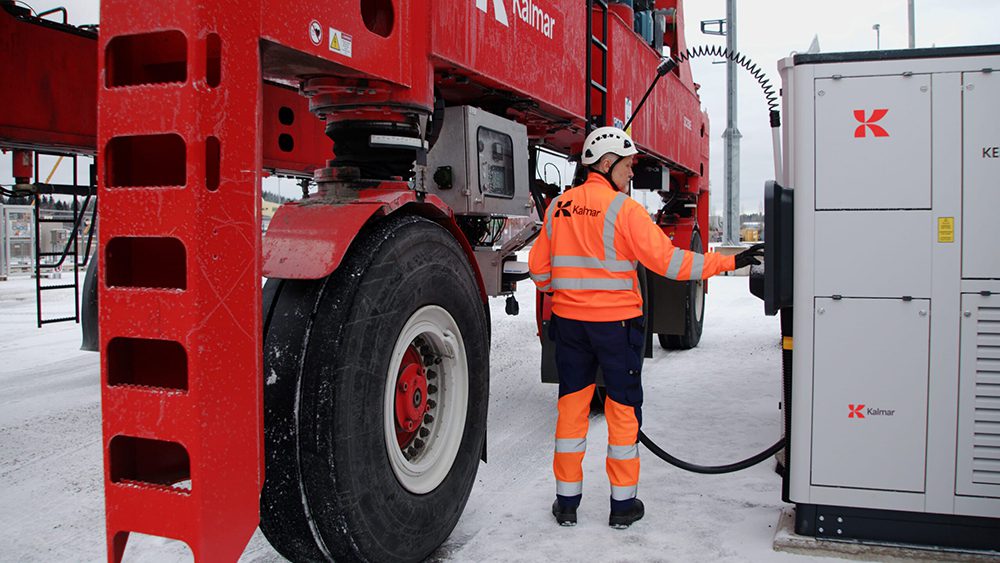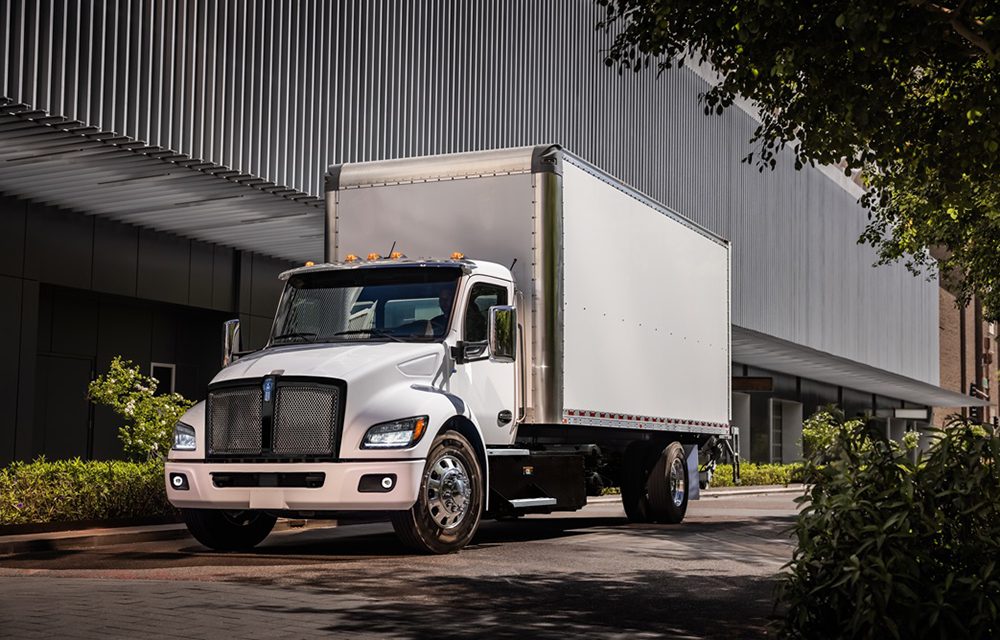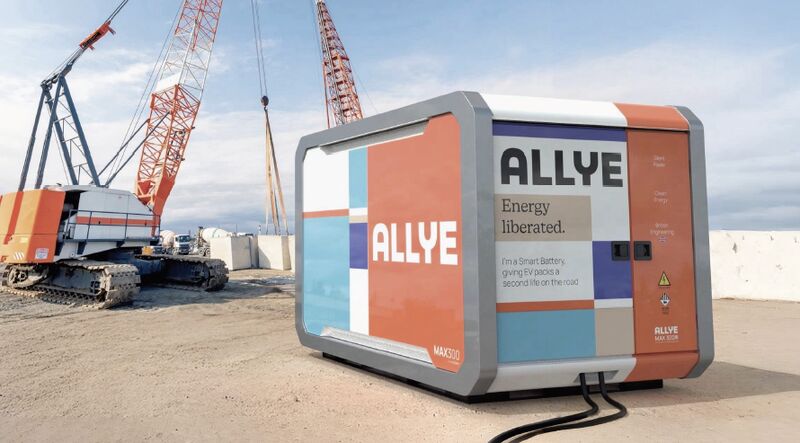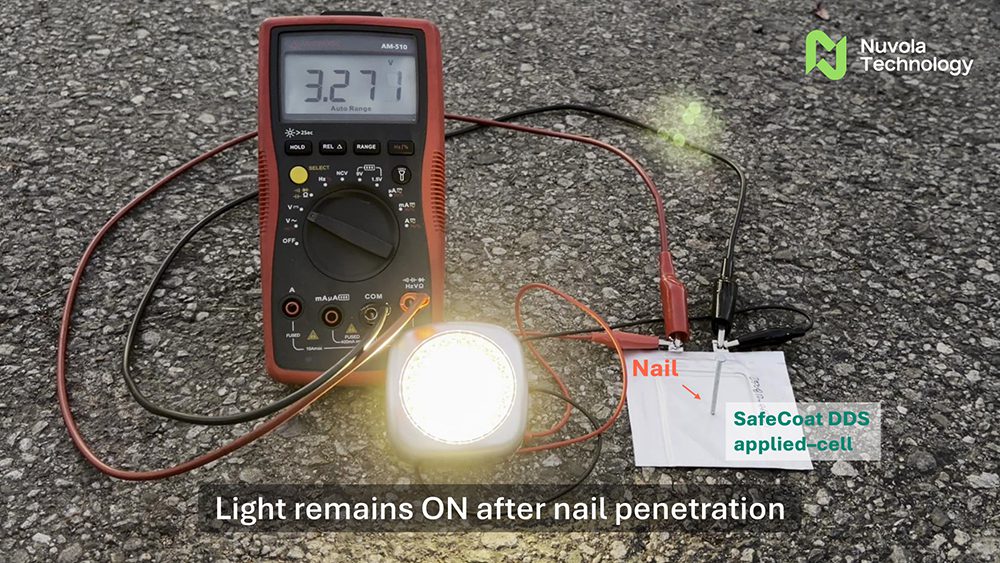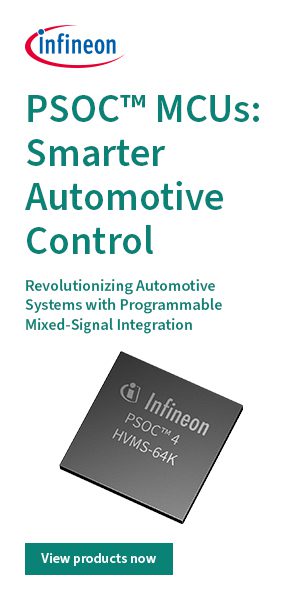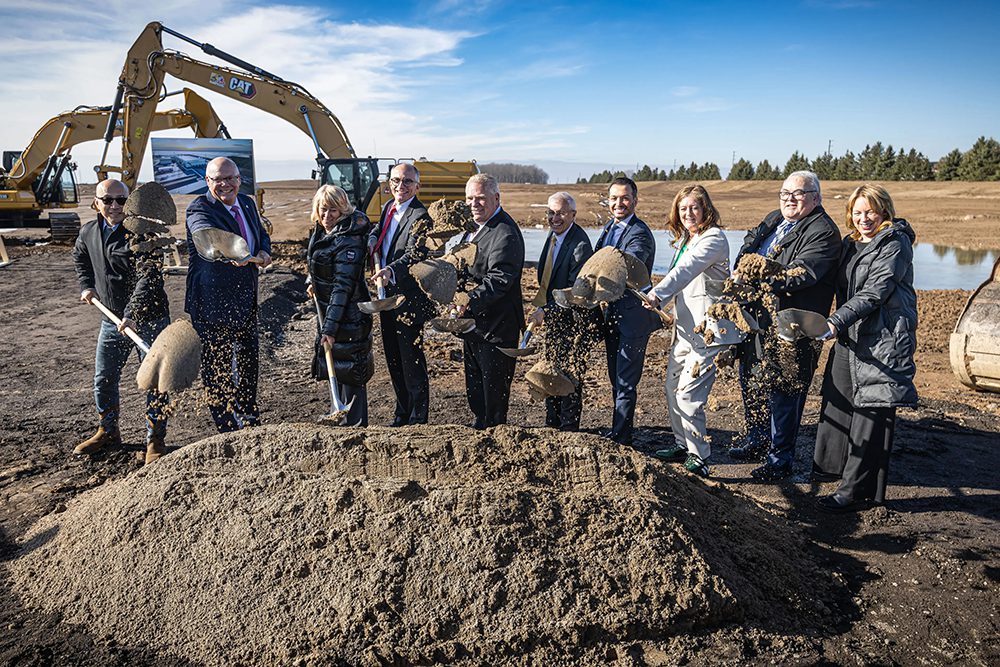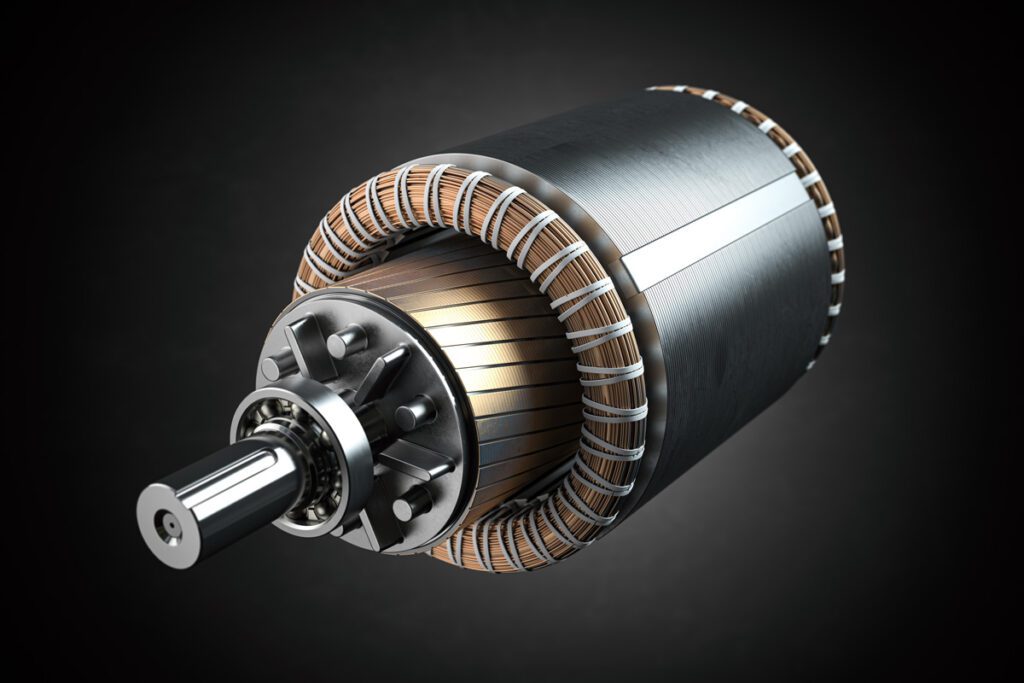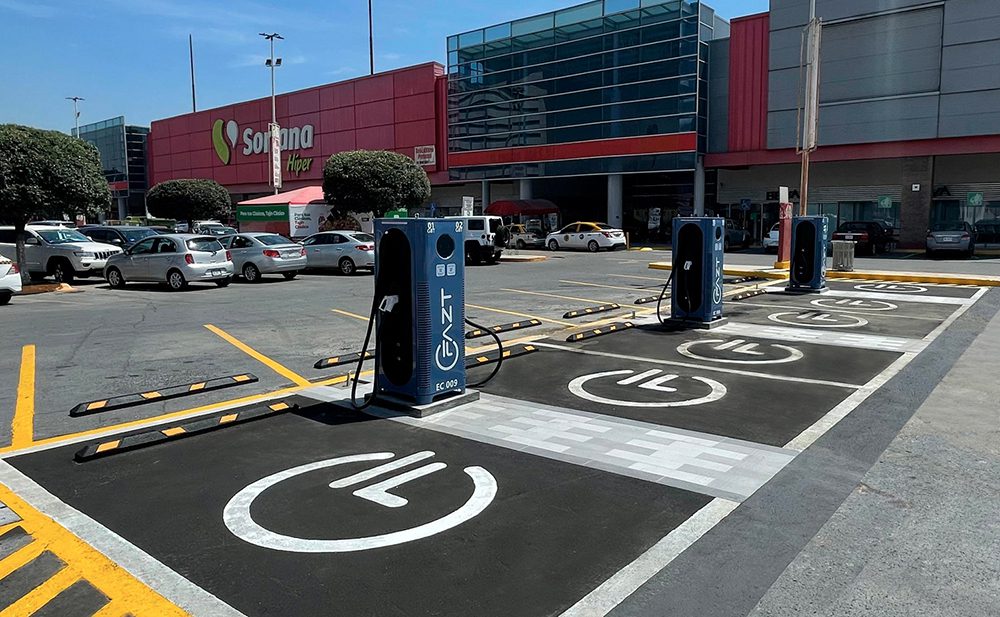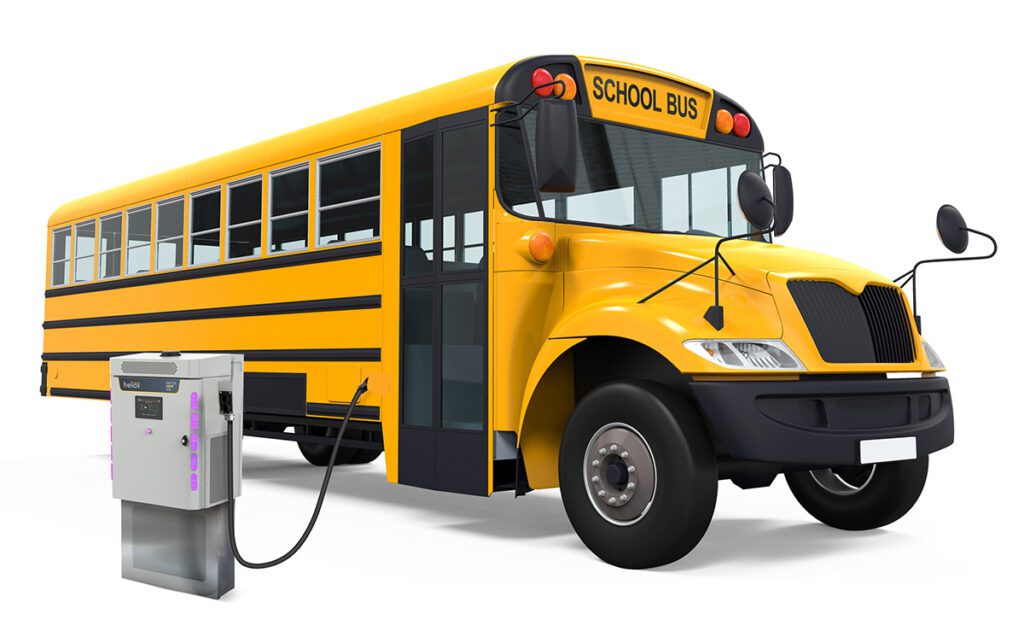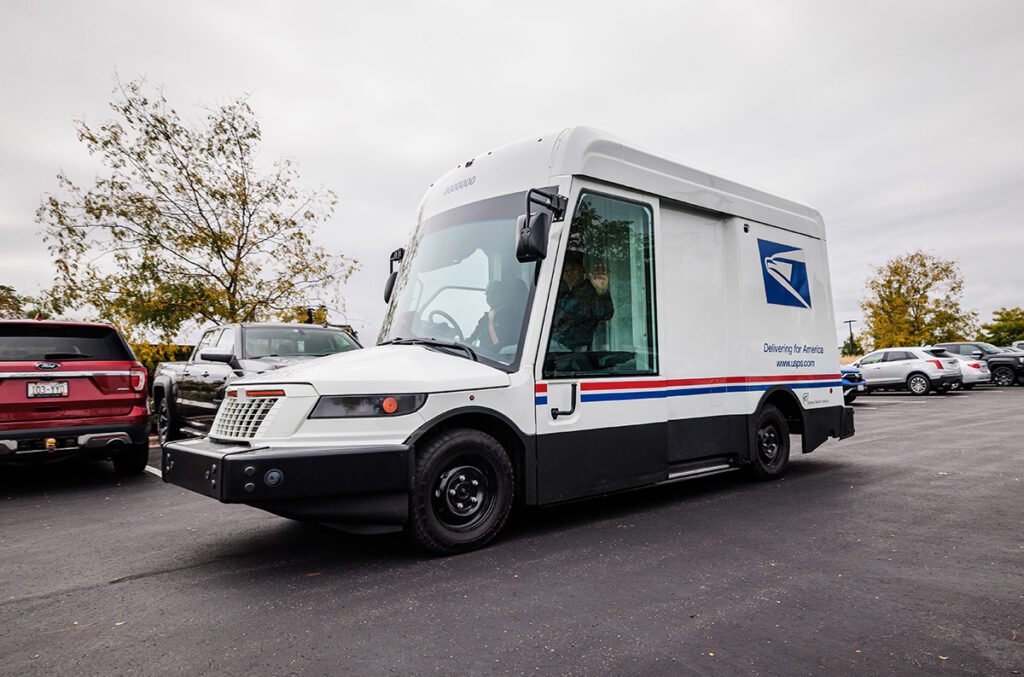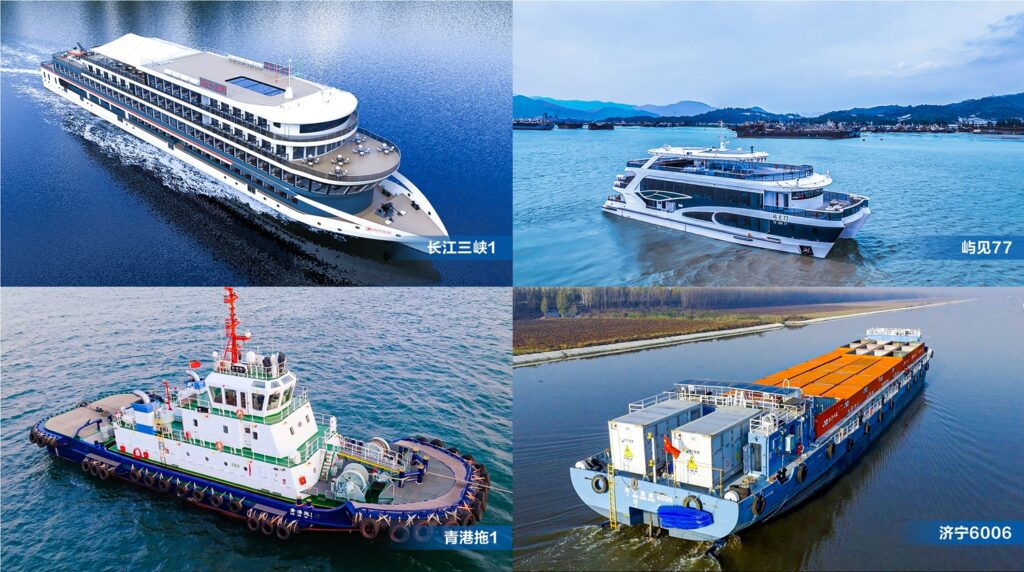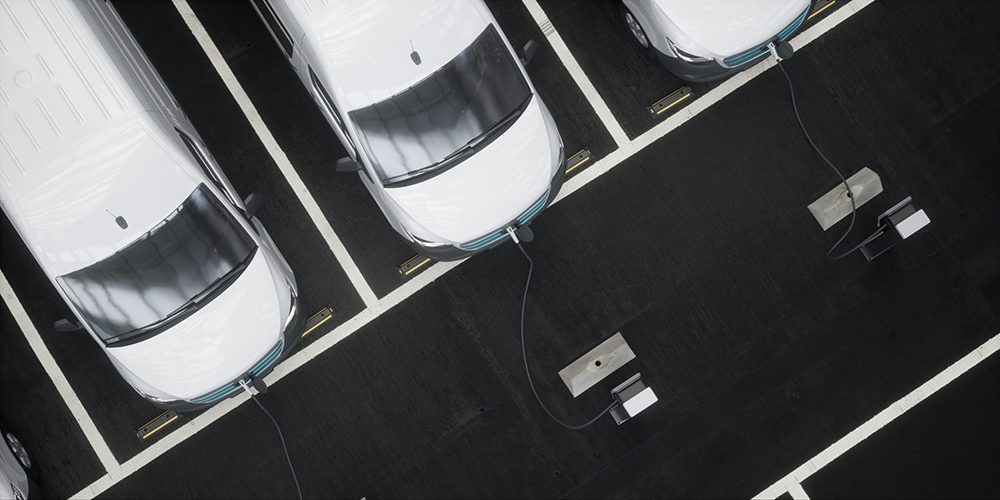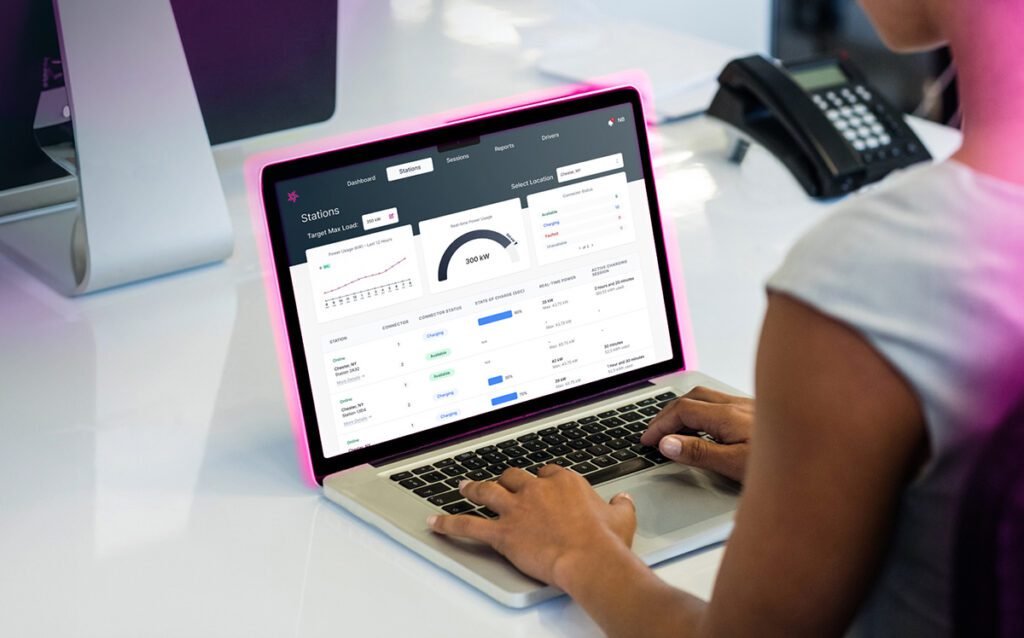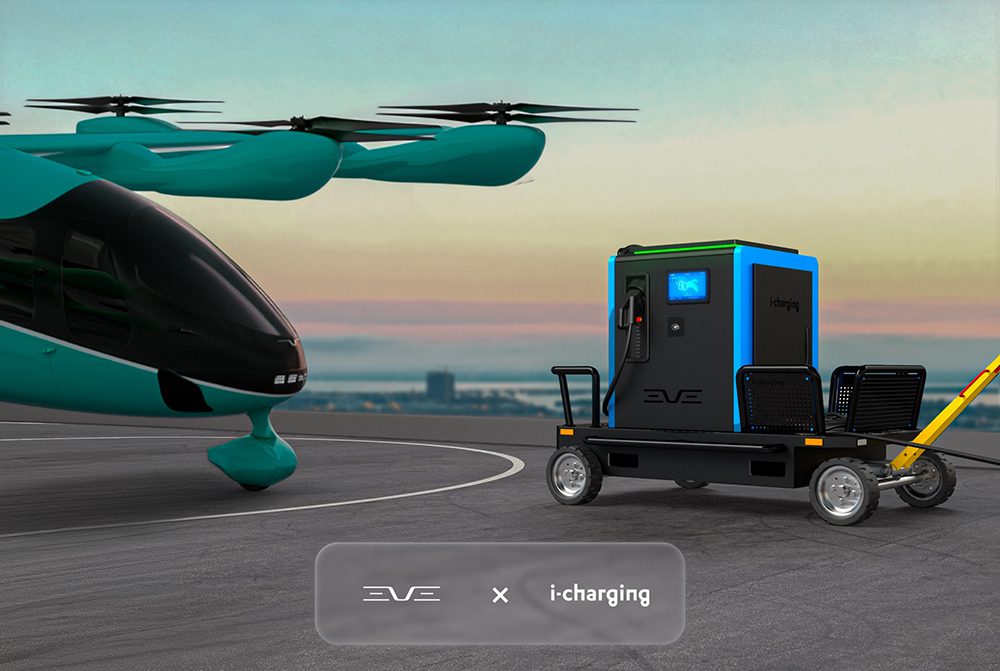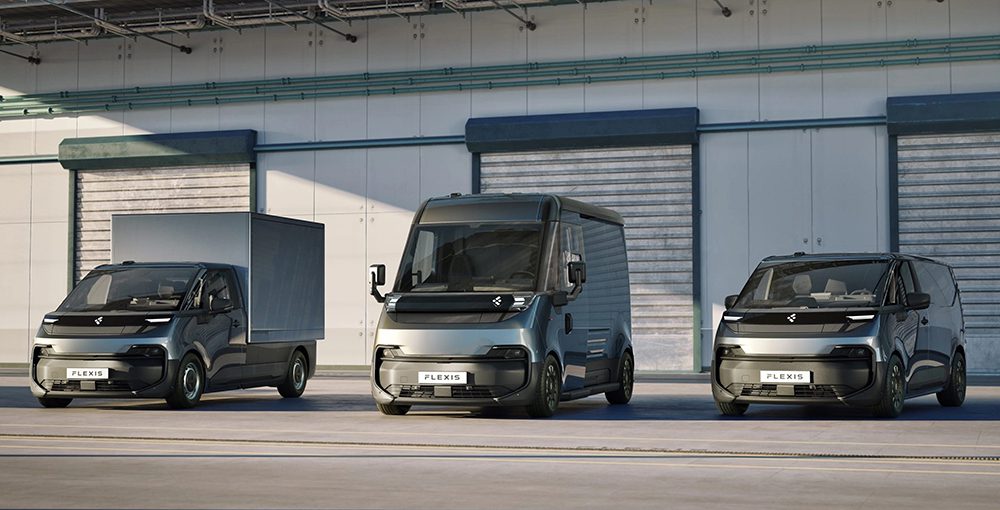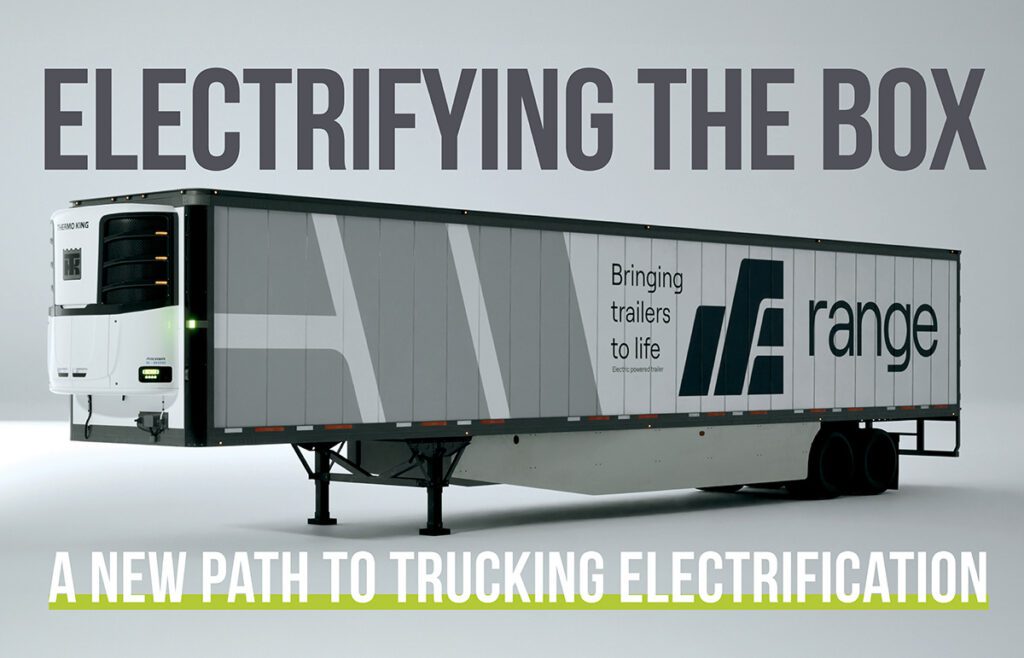Since its founding in 2004, Proterra has grown to become North America’s largest supplier of electric buses. The company has sold some 950 buses to transit agencies, airports, universities, national parks and private companies in 43 states and provinces. Under its Proterra Powered program, the company provides powertrains to other vehicle makers—school buses for Thomas Built Buses, coach buses for Van Hool, delivery trucks for Daimler subsidiary Freightliner Custom Chassis. The Proterra Energy division offers a turnkey electrification solution for fleets, including financing, charging infrastructure and maintenance.
Like a certain California EV-maker, Proterra has found it expedient to develop many components in-house. The company builds its own battery packs, and has a current production capacity of 500 megawatt-hours per year. It uses NMC cylindrical cells, which are sourced from many different suppliers.
For vehicle OEMs, however, it’s not always so simple to decide which EV systems to design from the ground up internally and which to source from suppliers and integrate into their platforms. It takes a lot of time and capital to recruit the right team and then design, validate and produce high-quality systems at scale.
To learn more about Proterra’s heavy-duty EV system development, Charged recently spoke with Chief Technology Officer Dustin Grace.
Charged: Tell us more about the components that you build in-house.
Dustin: The battery is the most vertically integrated. We take cells, and then we do custom-developed battery modules of various shapes and sizes, and build those into various shapes and sizes of ESS. [Builders of heavy-duty EVs tend to use the term energy storage system, or ESS, which may consist of more than one battery pack.]
On the drivetrains, we’re more of an integrator of components. Critical components such as the motor we source through a third party, which completely develops the motor to spec for us. Likewise, the gearbox was a custom development that we [previously] sourced through Allison Transmission, but that’s since been transitioned back under our roof. The inverter, we also work with a third party on that.
DuoPower, which is a new drivetrain offering that goes into our transit buses, is sort of an amalgamation of different components that we’ve selected or made to spec using industry partners. We developed that into an integrated eAxle package, and then we do our own software and controls for that unit.
Charged: It sounds like you use a mix of strategies. You’re buying components from other suppliers, but you’re working closely with them to customize the stuff to your specifications.
Dustin: Yeah. It’s still sort of an early part of the industry, so it’s not so easy to just go out and buy what you need. We have looked at vertical integration of drivetrain systems, similar to what we do with batteries, and determined that this integration strategy is more appropriate for us at this time.
In the battery space, [we made] the decision to bring that internal. We went full vertical. It was really all about performance.
Charged: Tell me about that process of deciding what’s appropriate. If you’re looking at a particular component, how do you decide whether to build it in-house or get somebody to build it?
Dustin: There’s no rule book on that one. We certainly have a lot of internal strategy debate, whether it’s at the technical level, or the leadership level, or even the board level, trying to understand where Proterra is going to offer the most value in this commercial vehicle space. Certainly, in the battery space, [we made] the decision to bring that internal. We went full vertical. It was really all about performance.
We wanted to make sure that we had a volume on the bus where we knew we could package our battery packs. It was below the floor, in between the axles, about 1,700 liters of space, and going out into the industry and either asking somebody to do a custom design, or buying whatever was off the shelf at the time, certainly proved not to be the best way to maximize the energy and, thereby, the range on the bus. That one was pretty simple. It certainly required a lot of capital and recruiting a world-class team here in Silicon Valley to be able to bite off something that big, but if you’re trying to penetrate a new electrification industry, range is certainly going to be the top metric that you’re weighed against.
Taking a component that was almost one-third of the volume cost of the bus and reducing that as much as possible was critical [in order to make] a competitive product.
Secondarily, on that battery decision, I think we looked a lot at cost. We made that decision four-and-a-half or five years ago. To buy a battery pack in that mid-decade era was extremely expensive. When you’re trying to package as much energy onboard a vehicle as we were, that dollar per kilowatt-hour measure is very, very critical. Internalizing that and taking a component that was almost one third of the volume cost of the bus and reducing that as much as possible was critical [in order to make] a competitive product.
Likewise, in the drivetrain space, there really hasn’t been a Class 8-capable drivetrain that would work on a transit bus. Back in 2010 or 2011, we took the approach of working with a third-party motor inverter manufacturer and a third-party transmission manufacturer. Then we did all the mechanical integration of that transverse axle and built a software team around that to develop the controls to make sure we were going to be able to operate that system efficiently and smoothly in our vehicles. That one happened a bit more naturally at the outset of Proterra becoming a bus OEM.
Then, we kicked off our battery strategy in 2015, 2016. We were obviously focusing on range with the battery, but we needed to focus on efficiency with the drive system to maximize the range, to really get to the razor’s edge of how efficient our vehicle could be. It became clear very early that we needed to develop a bespoke system. Range and efficiency are the two most critical metrics for an EV. That’s why we embarked on such difficult missions.
Charged: How do your heavy-duty battery packs compare to passenger car packs? They’re bigger, but are there some other technical differences?
Dustin: Obviously, we’re in a market where we’re not trying to get people to buy our product because it’s sexy, or anything like that. We’re trying to sell them a product because it should save them money over the life of the vehicle. A really big part of that is starting with a cell and developing a battery pack that can survive the entire life of rigorous use. That goes all the way down to cycle life of the cell.
We want to make sure our cells can safely cycle over 4,000 cycles. That means that you’re going to be able to charge and discharge it once a day for every single day of the year for 12 years or more. If you were to do that on a passenger vehicle, that’s where you get into the million-mile battery topic. But that’s table stakes in our industry. We have to have a battery that can cycle that much. Beyond that, transit buses going down the road 40,000 miles a year are going to see a lot more vibration abuse and environmental exposure. We’ve got to make them very robust. We’ve got to make them at a very high level of quality. We’ve got to make all the interconnections in a heavy-duty spirit rather than a light-duty spirit.
Transit buses going down the road 40,000 miles a year are going to see a lot more vibration abuse and environmental exposure. We’ve got to make them very robust. We’ve got to make them at a very high level of quality.
Charged: Some of the testing you do—temperature and vibration, and stuff like that—is pretty standard in the industry, but you’ve also developed some of your own proprietary tests. Can you tell us a little more about those?
Dustin: We probably spend most of our time figuring out Proterra requirements by focusing on a safety topic. It’s one thing to make a vehicle go down the road as expected, but we’re putting 77 souls aboard our transit bus. They could be elderly or disabled. Our school buses carry 81 kids. There’s another layer of safety prognostication of what could go wrong, and then testing—a big-time focus on safety.
It starts with passive propagation resistance (PPR), and that’s basically assuring that if there was ever a cell defect, if there was ever anything that made its way through a cell supplier’s quality check process, and Proterra’s quality check processes, and if there was ever a latent failure, at any corner case, a single cell failing will not cascade to a neighboring cell and cause a safety event outside of the bus.
That’s very unique to Proterra—it’s something we’ve adopted. There’s a couple of UL certifications, UL 2580 and UL 1973. We’re working to get that into the industry. It’s very important, obviously, to be as safe as possible. Then, beyond that passive layer of safety, in terms of the pack, there’s just the ruggedization of the battery.
New York City Transit came to us a few years ago and said, “What happens if a manhole cover explodes out of the ground? Because it’s happened here. It happens all the time.”
We said, “We don’t know, but we’ll figure that out. We’ll make it part of our testing review.” Now, we have a giant manhole cover hanging in our test facility so that every new material or type of base plate that we offer on a battery pack goes through this internal testing. It drops a manhole cover with about two megajoules of energy onto the battery.
Charged: So, that’s not a theoretical scenario? That’s something that really does happen, at least in New York?
Dustin: That’s right. There’s a phenomenal video of a manhole cover that shot through the floor of a diesel transit bus, and actually impacted the passenger’s legs. The passenger was okay. But you can imagine that’s why they asked the question and why we answered it.
Charged: Permanent magnet versus induction motors. Which do you favor? Or are you using both?
Dustin: I think both are great systems, and you’ll continue to see both in various EV applications. You’ll primarily see permanent magnet machines in heavy-duty vehicles. A lot of that has to do with the torque capabilities and efficiency it needs, and the capability, I would say, to absorb some of that cost that you’re going to get from that system.
We recognized very early on that if you deliver a bus and you don’t have a reliable means to charge that bus, it reflects poorly on the bus.
Charged: We read a lot about batteries and motors, but what are some other components that people don’t tend to think about that are important?
Dustin: Charging infrastructure is often overlooked—it’s definitely the least sexy part of the business, but it’s also one of the most critical. We recognized very early on that if you deliver a bus and you don’t have a reliable means to charge that bus, it reflects poorly on the bus.
For the last few years, we collaborated with a third party who developed inverter gear for microgrids, and basically built an industrial charger with a custom dispenser for that product. I think reliability matters whatever market you’re in, but when it comes to fleet vehicles, there’s certainly a higher demand for getting to that 99.9% uptime requirement. Developing that gear, even off-board the vehicle, is hypercritical to hit those types of reliability targets.
Charged: That chimes with what we’ve been hearing from a number of companies—fleets want to go electric, so they start buying some EVs, but they soon realize that there’s a lot more to charging than they thought, and they need some help. You have a separate division that takes care of that, called Proterra Energy.
Dustin: I joined Proterra in September 2015. We spent about 18 months developing the first battery pack, and went to production with that vehicle around May 2017. At the time, our plan was to leverage a lot of the light-duty chargers that you might see in shopping malls, and other consumer outlets, but we very quickly discovered that that type of charger, with those power levels, and with those reliability ratings, was just not going to cut it for our industry. Relying on the commoditization of those was a poor strategy for us, so we quickly realized we had to bring that in-house. The initiation of the Proterra Energy business unit was around late 2017.
Along with the hardware, Proterra Energy is very, very focused on the end-to-end integration of that hardware. It’s an infrastructure project with project managers, with folks that are well-connected with utilities and construction firms. There’s a financing element as well. Proterra is partnered with Mitsui, who is one of our investors, for a credit facility, so we’re actually capable of providing financing for those systems.
Aside from that, there are other pieces in Proterra Energy, like our software. APEX, our connected vehicle platform, is basically a software interface. Our customers can not only look up their vehicles and understand how they’re performing or where they’re at, but they can engage in charge management functions to minimize the demand of their fleet charging on the grid.
There’s a vehicle-to-grid (V2G) side of that as well, which we’re currently developing and launching with Dominion Energy next summer. We’re taking a similar approach to our fleet infrastructure business, and applying it to make our vehicles stationary batteries when they’re parked.
Charged: How far along are we with V2G? Is that still pretty much in the pilot stage?
Dustin: I would definitely consider it pilot stage. There’s a lot of clickbait out there on it—we recognize that, but there’s definitely a handful of systems that are coming to fruition, in the next, say, 6 to 12 months. I think Proterra’s is probably the most real, and exciting, and scaled deployment of it. I think you’re going to see a lot more of it—the whole model for purchasing a school bus, in this decade, is going to change drastically if utilities catch on to this.
Charged: You build transit buses in-house, but you’re working with other companies on the school buses.
Dustin: That’s right. The school bus project is kind of the perfect way to imagine how our business unit Proterra Powered is going to function with our partners. For the school bus, basically, we took all the systems out of our bus. It was our battery system, our transverse axle drive system, our vehicle controller, all the software, the high-voltage componentry—even our telemetry unit and our APEX system are being employed for that system. We partner with Thomas Built Bus, and we’re working with them to integrate our entire system into their vehicle. Then they manufacture and sell the vehicle.
Charged: What are the specific differences between electrifying a transit bus versus a school bus?
Dustin: They’re two very different industries. Definitely different in size. There’s probably, on average, 6,000 transit buses sold in the United States per year, and 40,000 school buses. The assets themselves also cost significantly different amounts. A school bus, you might say, is roughly one third of the cost of a transit bus. That probably holds true whether it’s EV or diesel for this rough math. The vehicles are quite a bit different. Transit buses are far more sophisticated. They’re developed to withstand rigors for a longer life cycle. I think your average transit bus wants to drive about 40,000 miles a year, whereas your average school bus wants to drive about 12,000 miles a year.
Typically, you’ve got most of your school bus fleet parked over summertime, at least in the US, and that’s where the really interesting opportunity for V2G comes in. In the transit space, V2G will have maybe less of an identifiable application right out of the gate, because most of those buses are being used all the time, all year. In the school bus [segment], you’ve got this mega-fleet that’s just parked, especially during the months that you need it [in much of the US, electricity usage tends to be not only heavier, but more variable, during summer]. There’s a really, really good synergy right there.
Charged: How does this affect the relative business cases for the two types of buses? Does that mean that school buses represent an even better candidate for electrification?
Dustin: Maybe on paper, it’s a bit more obvious, but I wouldn’t necessarily say one is better than the other, because I think they’re both prime candidates. It makes absolute sense for both of them to be electric, but certainly, it’s an easier task, and arguably just as important. They’re hauling around kids in these [school buses], and protecting their lungs from diesel soot is probably one of the most important things we could be doing right now for our country.
Charged: How many customers are you working with on your Proterra Energy service?
Dustin:Pretty much every transit agency that we sell buses to, our Proterra Energy business unit gets involved with. If you end up with a 12- or 18-month wait time for transit buses, our infrastructure team on the Proterra Energy side usually engages just a few months later to start the planning process.
The Edmonton Transit Service project, I would venture to say, is probably the most sophisticated e-bus infrastructure project operating in the world right now. It’s got a lot of the new technology that we had to pioneer, and they were an awesome customer that frankly drove us to do something that complicated. Some of our more involved projects are the Chicago Transit Authority, and also Foothill Transit, which was our very first customer. They’ve been with us as we’ve evolved the bus and the charging infrastructure over time.
Charged: Tell us a bit about your new H Series battery pack.
Dustin:Proterra is pretty well understood as a transit bus OEM. Now we’re trying to increase awareness in the industry that we’re focusing on penetration of other heavy-duty EV markets: fleet vehicles, machines for construction, rail projects, all that kind of stuff. In those industries, there’s a very specific package that you often see in these vehicles, which is a classic ladder-frame chassis rail. For this we developed the H Series battery pack. It’s based on very similar architecture to our S Series, which goes in our transit bus, but it changes a critical dimension: the width of the pack. We’ve also baked the capability to change the voltage of the module inside of it to four different levels.
We end up with a very well-sized battery pack that can be energy-matched to our customers’ needs, and also voltage-matched. It packages really nicely within the frame rails of a typical vehicle—or rotated 90 degrees, kind of in a saddlebag architecture, outside the rails, while still providing ground clearance.
We often cite a Frost & Sullivan report…that new transit bus orders will be 50% EV in 2025.
Charged: How far away are we from seeing buses electrified all over the US? How many years before diesel buses are on their way out?
Dustin: I think you’re seeing the chinks in the armor today, if you look at the statistics. In our investor decks, we often cite a Frost & Sullivan report, just because it’s third-party public. The forecast there is that new transit bus orders will be 50% EV in 2025. If you want to call that the tipping point where majority market share has moved to [electric], we’re pretty confident that in 2025, at least half of the buses sold should be EVs. Today, it’s probably 10%, maybe 12%.
This article appeared in Charged Issue 51 – September/October 2020 – Subscribe now.

